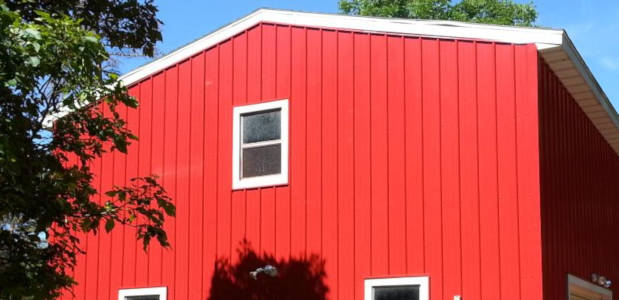
There are several reasons why metal siding has become an industry standard. It’s tough and durable while still remaining lightweight and flexible. It’s impenetrable and yet it’s also virtually maintenance free. All these attributes combine to form a pretty effective material for surfacing a house. Often available in either steel or aluminum, metal siding can even be installed over preexisting materials, although it’s easier to lay over solid sheathing. And the beauty of the product is its ability to adapt. It can be made to look like wood panels, it can be prefabricated in any color, or it can be repainted in any shade you desire.
Adaptable Accommodations
Sure it can imitate the looks of other materials, but it’s not only adaptable in terms of mimicry. Metal siding can also acclimate to almost any weather situation. If it is properly prepared, primed, painted, and maintained, it is perfect for extreme climate regions. Since it is sturdy, it can stand up to high winds and storms. Since it’s well-insulated with sound-deadening materials, it won’t be loud in the rain. Also, contrary to myth, it doesn’t attract lightning. And since it’s less vulnerable to corrosion, aluminum siding is great for wet or snowy areas of the country. This trait is also great if you live near the ocean with its salt air, or in locales that are subjected to heavy pollution.
Resilient Resistance
Not only can it adjust to any type of weather situation, it can also protect you against external elements. Unlike wood, steel is impervious to termite infestation and other pests. Plus, it is heat-resistant, which means it won’t get hot in the sun. And since it reflects solar energy away from the house, you’ll end up saving money on utility bills. What’s more, it’s fire-resistant and it won’t rot with age like other products. In fact, it can last up to forty years without replacement. And though it can stand up to nature’s forces, it’s still incredibly easy to maintain. Just occasionally clean it off with a hose and every once in awhile tend to some minor repairs that may occur.
Ready to start your Metal Siding Installation?
Find ProsMetal Siding Shortcomings
So even though it’s tough and durable, it isn’t absolutely impenetrable. Here are some minor problems that may arise along with some small remedies for their restoration.
Denting: It can dent, although steel tends to be less vulnerable than aluminum siding. But these blemishes can easily be repaired with a little manipulation and pressure.
Fading: The paint can fade, scratch, blister or peel like with any other material. However, if water or air is allowed to penetrate and oxidize the steel, rust can occur. Therefore, make sure to reapply a new coat of paint ASAP. And you may want to hire a professional who can properly prime, clean, buff the rust, and use appropriate paints.
Replacement: Certain areas can eventually come loose, get damaged, or begin to sag. However, unlike wood which requires you to restore entire panels, aluminum siding allows you to replace only small sections where repair is needed. But if the damage is significant enough, you may need to hire a pro to do the work.
Cost and Installation
It’s fairly expensive in terms of materials, especially steel products. And when it comes to installation, since it’s not an easy project, you’ll probably need to hire a contractor. The material is lightweight and easy to maneuver, but it also expands and contracts in the weather, so special sizing is needed when it’s cut. It also requires special tools, nails, and hanging techniques during installation. So make sure when contacting a contractor that you know some basic information they may need to be aware of: the size of the job (square footage, multiple stories, etc.), how many doors (including garages or sheds), or any obstructions they may encounter (hilly terrain, unique angles and planes, or other barriers that may require specialty work).
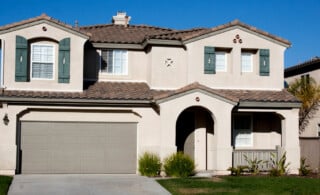 EIFS vs. Stucco: What Are the Differences?
EIFS vs. Stucco: What Are the Differences? 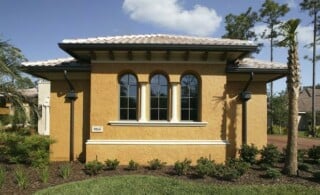 Stucco Siding – Installation Considerations & Advantages
Stucco Siding – Installation Considerations & Advantages 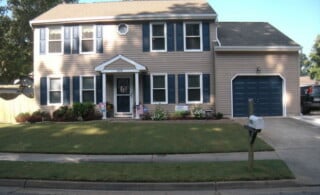 How to Maintain Different Types of Siding
How to Maintain Different Types of Siding 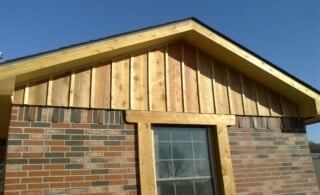 The Benefits of Cedar Siding
The Benefits of Cedar Siding 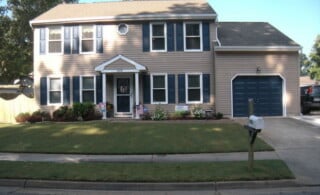 Vinyl Siding: Pros & Cons
Vinyl Siding: Pros & Cons 

Are You Familiar With This Topic? Share Your Experience.